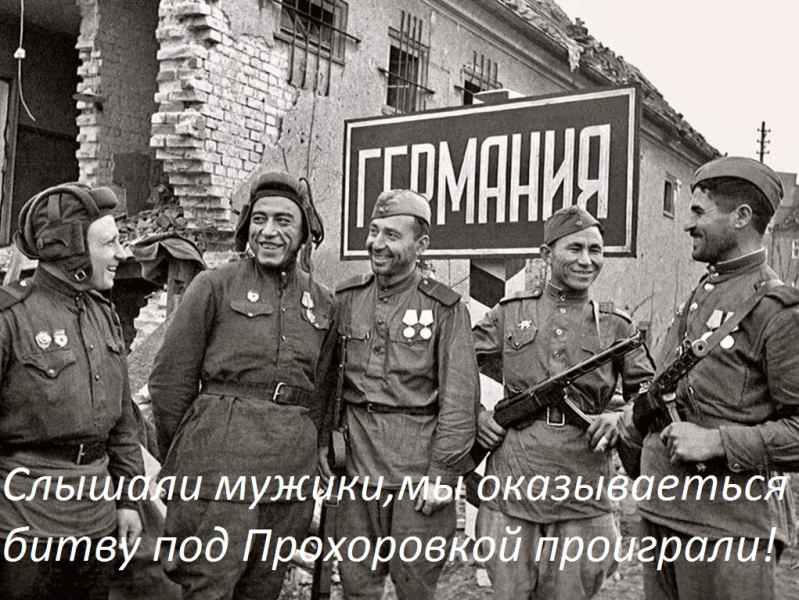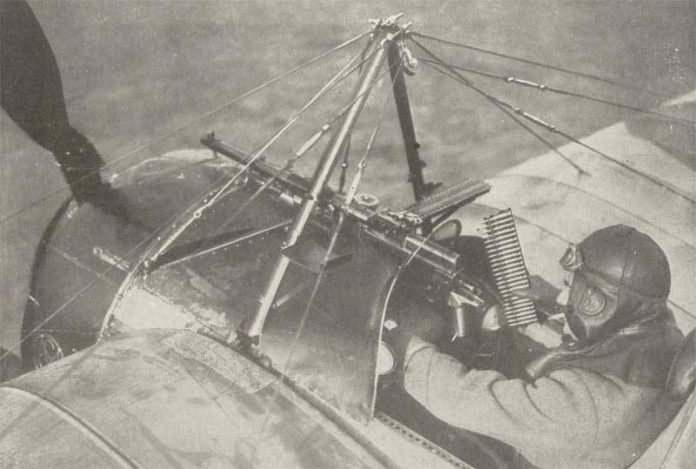
We're talking about aviation. We often talk about the development of aircraft, especially often - about the development of combat aircraft.
Need to say, that none of the branches and branches of the armed forces has followed such a path of development, as aviation. Well, maybe the rocket troops, but agree, is it possible so, how about airplanes, talk about some missiles, completely soulless gizmos, even if eroded to an impossible size.
The plane ... The plane still has a peculiar, but soul. But since its inception, airplane, and then the plane, for some reason, was considered by progressive mankind as excellent weapon platforms. However, it is common knowledge.
Today I want to talk about a rather inconspicuous contraption., which, Nevertheless, had a huge impact on the transformation of an airplane into an airplane. Into a combat plane.
It is clear from the title, what is the synchronizer.
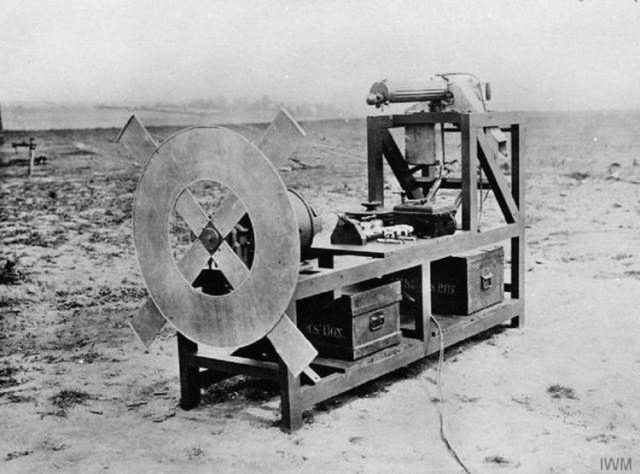
We use this word very often in our aeronautical surveys and comparisons.. Synchronous, asynchronous, synchronized and so on. Machine gun whether, Whether a cannon is not so important. The stages of development are important.
so, it all started in the first world war, when airplanes could rise and fly a certain number of kilometers and even make some evolutions in the air, called aerobatics.
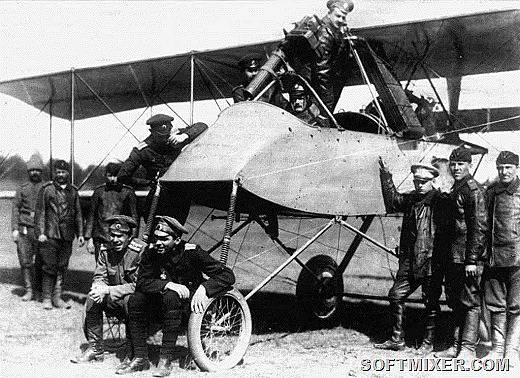
Naturally, the pilots immediately dragged into the cockpits all sorts of nasty things like hand grenades, which could be thrown at the heads of ground troops, pistols and revolvers, of which it was possible to shoot at colleagues from the opposite side.
What is most interesting - they even got.
But someone was the first to take a machine gun in flight ... And then progress rushed headlong. And the plane from a reconnaissance or artillery spotter turned into an instrument of attack on the same airplanes, bomb carriers, airships and balloons.
But then the problems began.. With main rotor, which actually became an insurmountable obstacle in the path of bullets. more precisely, quite surmountable, but here's the problem: in the confrontation between wood and metal, metal has always won, and an airplane without a propeller turned into a glider at best.
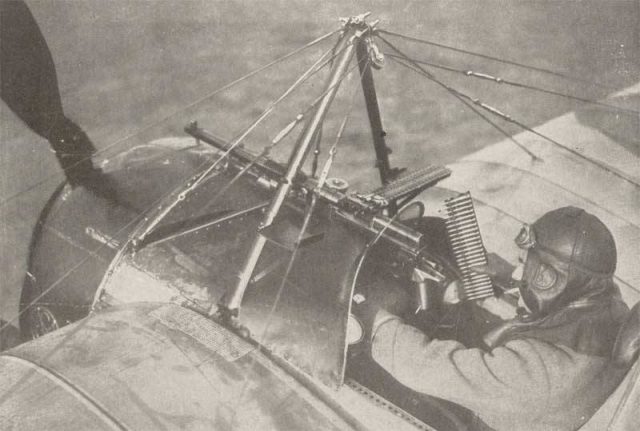
Before, to shove a machine gun into the wing, it was still years 20, so it all started with the installation of a machine gun on the upper wing of the biplane. Or using a pusher screw design, then it was easier to figure it out and land in front of the pilot or next to him and the shooter.
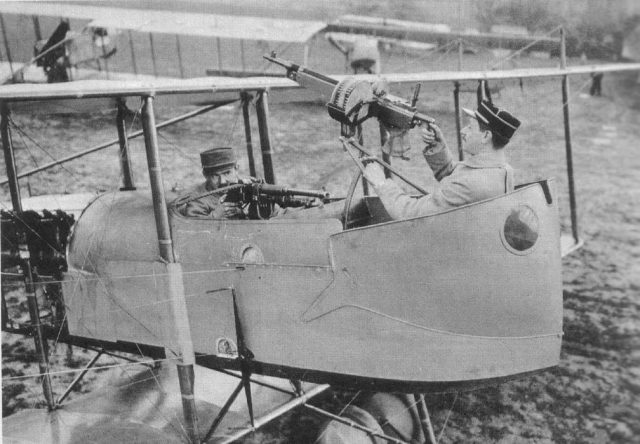
At all, the rear engine also had pluses, as it provided a better view and did not interfere with shooting. However, it was immediately noticed, that the pulling propeller in front provided a better rate of climb.
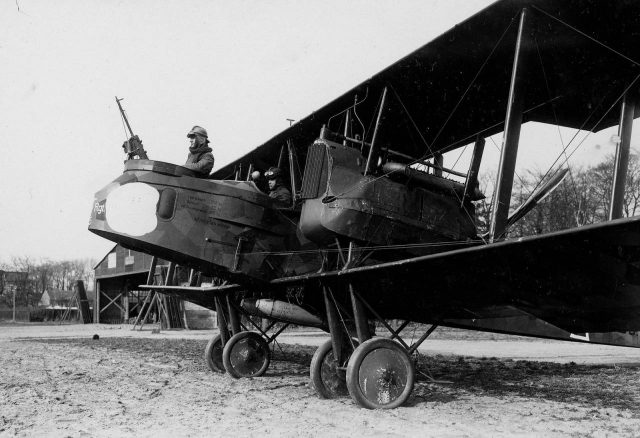
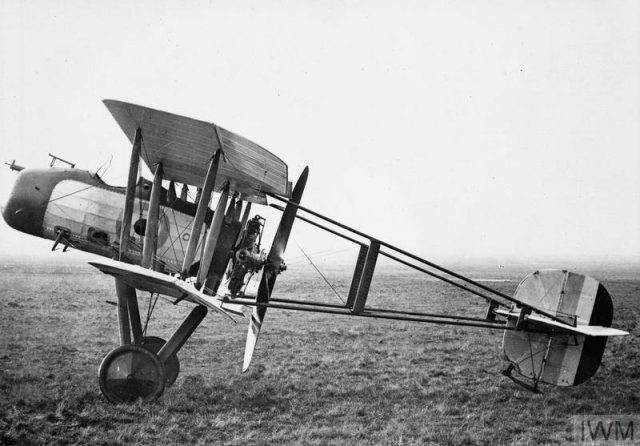
Among other things,, firing a machine gun on the upper wing from outside the plane swept away by the propeller was another balancing act for a lone pilot. After all, I had to get up, throw some of the controls (and not all cars allowed such liberty), somehow steer if necessary, and then shoot.
Reloading the machine gun was also not the most convenient procedure..
Generally, I had to do something.
Rolland Garros was the first to invent the innovation, French pilot. It was a cutter / reflector in the form of steel triangular prisms, which were mounted on a screw opposite the cut of the machine gun barrel at an angle 45 degrees.
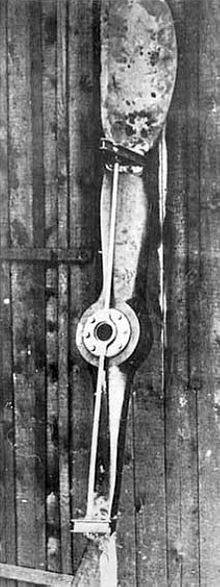
According to Garros' plan, the bullet should ricochet from the prism to the sides without any harm to the pilot and aircraft. Yes, about 10% bullets went nowhere, the life of the screw was also not eternal, the screw wore out faster, but nonetheless, French pilots got a huge advantage over the Germans.
The Germans staged a hunt for Garros and shot him down. The secret of the reflector is no longer a secret, but it was not there! Reflectors on German cars did not take root. The secret was simple: the Germans fired more advanced and harder chrome bullets, which easily carried the reflector, and screw. And the French used ordinary copper-plated bullets, which were not so hard.
The obvious way out was: do it somehow, so that the machine gun does not fire, when the screw closes the directrix of the fire. And the development was carried out by all the designers in the countries participating in the First World War.. Another question, who did it earlier and better.
Dutch designer, worked for the Germans, Anton Fokker. It was he who managed to assemble the first full-fledged mechanical synchronizer.. Fokker mechanism allowed to shoot, when the propeller was not in front of the muzzle. That is, it was not a breaker or a blocker.
Here is a great video, which allows you to understand, how it works:
Yes, on the model is a rotary engine, in it the cylinders rotate around the shaft, tightly fixed. But in a normal engine, everything happens exactly the same., only the synchronizer disk does not rotate with the entire engine, and on the shaft.
The convex part of the synchronizer circle is called «cam». This cam, in one full revolution, presses once on the thrust and fires one shot immediately after passing the blade.. One turn - one shot. You can make two cams on the disc, and fire two shots. But usually one was enough.
The rod is connected to the trigger and can be in an open or closed position. The open position does not transmit impulse to the trigger, Furthermore, you can generally break off contact with «cam».
Here, of course, there are also disadvantages. It turns out, that the rate of fire directly depends on the number of engine revolutions. As I said above, one turn - one shot.
If the rate of fire of the machine gun 500 shots, and turns too 500, then everything is fine. But if there are more revolutions, then every second contact of the thrust and cam falls on a shot that is not yet ready. Rate of fire halved. If rpm 1000, then the machine gun will give its 500 per minute, and so on.
properly, that's exactly what happened through 30 years with American heavy machine guns Browning, which were initially not very rapid-fire, and synchronizers ate half of the bullets, released through the screw.
That is why these machine guns were placed in the wings, where the screw did not interfere with the realization of their dignity.
But everyone liked the idea. Designers race to master synchronizers and create their own models. Made the blocker the other way around. The mechanism was called a breaker, he worked the other way around, without activating the trigger mechanism of the machine gun, and blocking drummer, if the screw is currently in front of the barrel.
Mark Birkigt ("Hispano-Suiza") developed an excellent mechanism, which allowed two shots to be fired per revolution of the crankshaft.
And then, later, when systems with electric descent appeared, the synchronization issue has been greatly simplified.
The main thing is that the machine gun has an appropriate rate of fire.. And the straight hands of the technicians, who set up synchronizers, since by the end of the war whole batteries were firing through the propeller (eg, 3 cannon 20 mm at La-7).
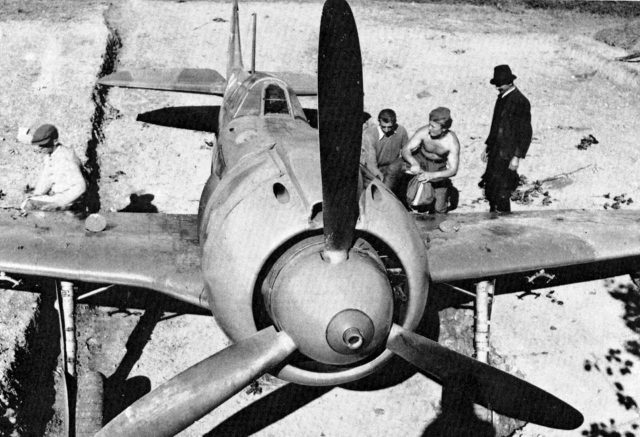
During the First World War 1-2 machine gun on an airplane (the second usually fired backwards) was the norm. Back in the 30s 2 synchronous rifle caliber machine guns were the perfect norm. But as soon as World War II began, motor-gun and 2 synchronous (sometimes large-caliber) machine gun became the norm. And a lot of things could be placed in the "stars" of air cooling.
Besides, the Germans on the Focke-Wulfach synchronized the guns, which were placed at the root of the wing, bringing the second salvo of the FV-190 Series A with four 20-mm cannons to record values.
But in fact - well, a very simple mechanism, this synchronizer. But things have done in history.
/Roman Skomorokhov, topwar.ru/







